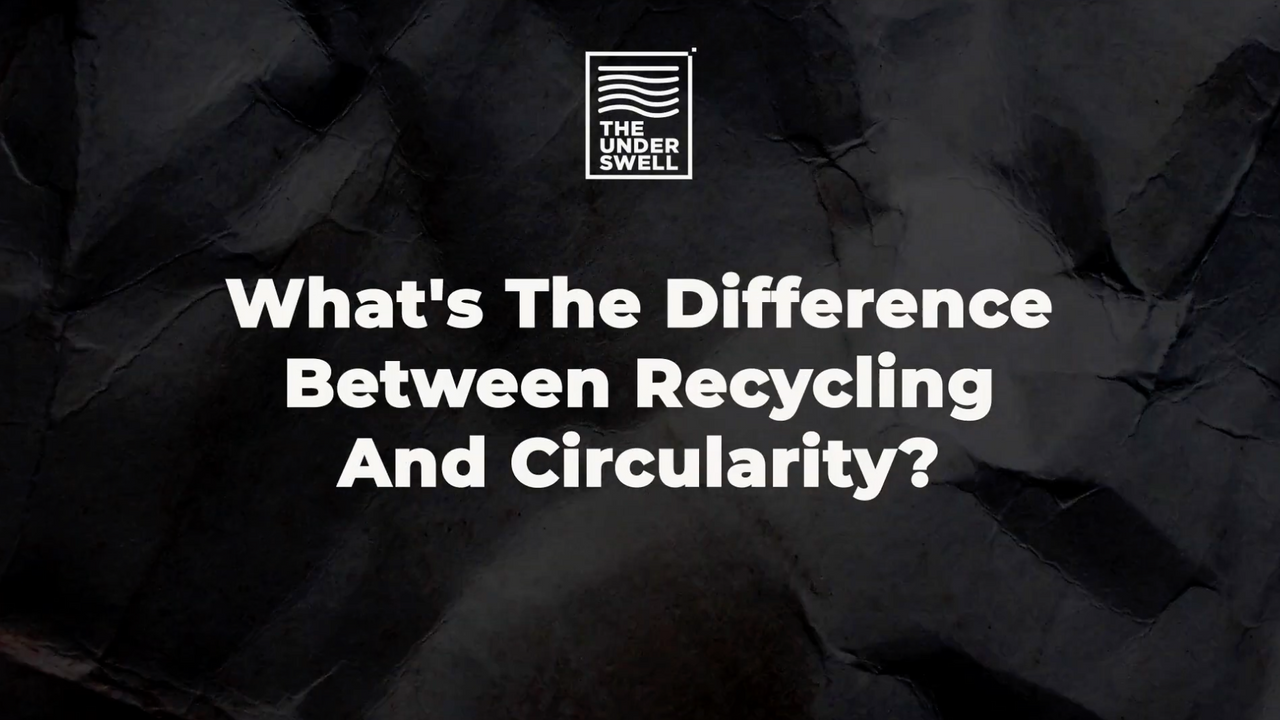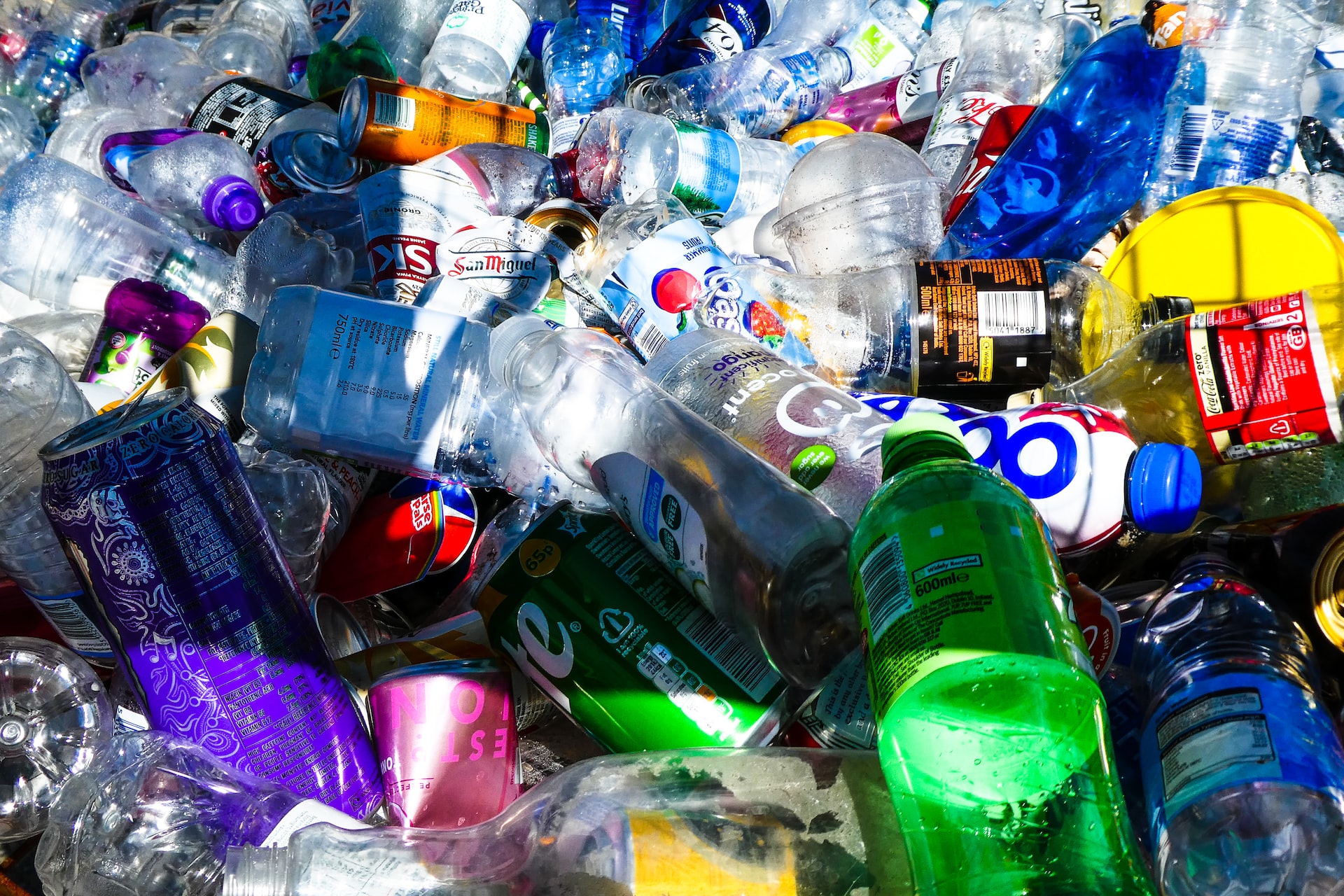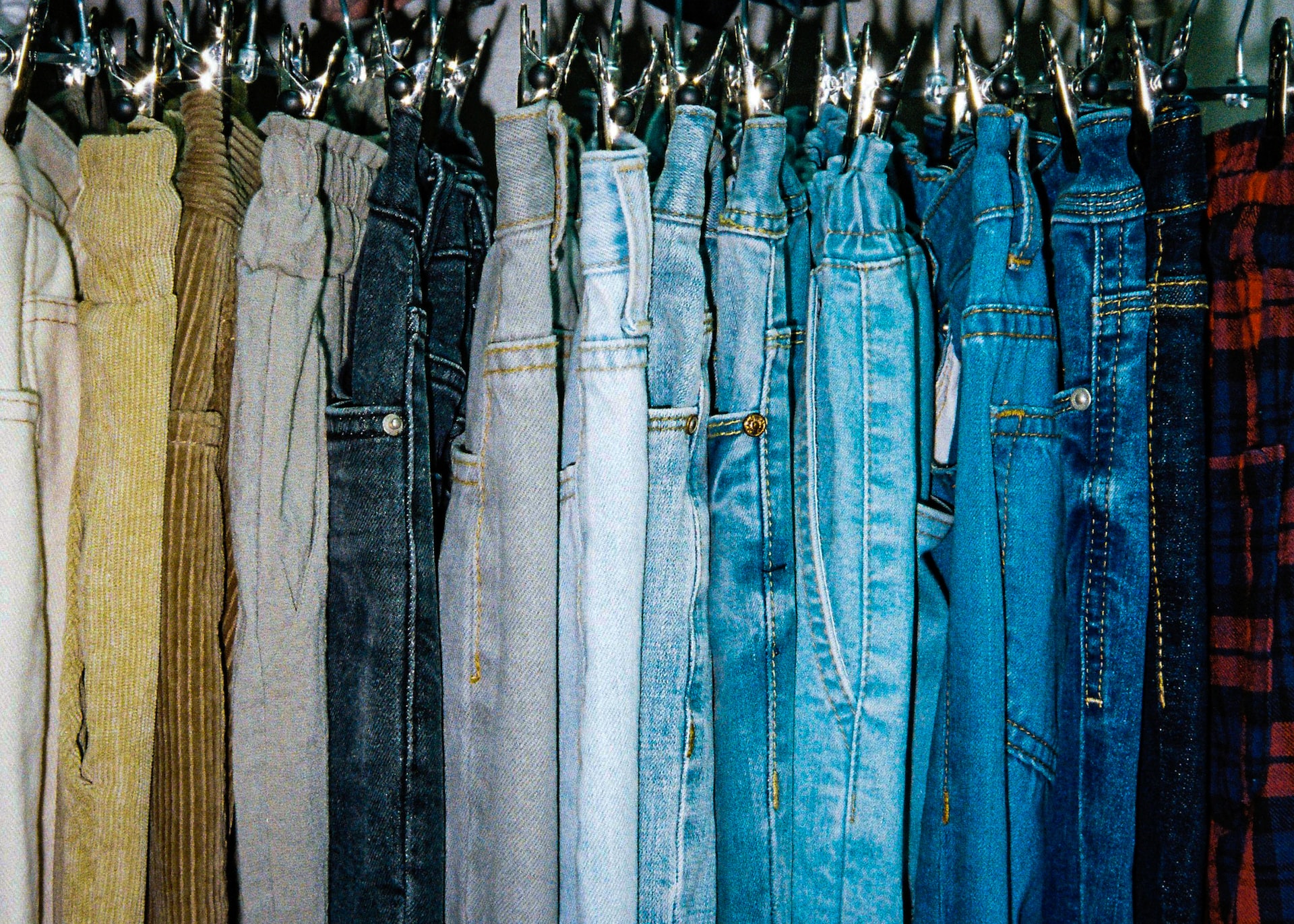The Difference Between Recycling and Circularity
Oct 27, 2022
Recycling has been around for decades, but circularity is a relatively new concept. The two seem to be similar (one does nestle into the other) and people often use them interchangeably, but there’s actually a lot that separates these two - any ideas what it could be?
Let’s take a look at how these two differ, why both are great, and what we should expect for the future. If you prefer visual content, check out our YouTube video on this same topic, “What’s the Difference Between Recycling and Circularity?”
Recycling
Recycling has been a staple of sustainability basically since the dawn of the movement and most homes in the United States recycle in some way shape or form. However, recycling isn’t as simple as sorting glass, plastic, paper, and metals.
Recently, recycling has come under fire for its ineffectiveness and Greenpeace just basically exposed the realities of it all but we’re here to make an argument in favor of recycling.
When done properly, recycling is great, but for this to happen we need the right infrastructure. For us to get this infrastructure would require investments towards building facilities and hiring employees, but we’re hopeful that with increasing pressure, these investments will come.

What makes recycling really special is that it keeps materials at the same value so they can be used over and over again. For example, aluminum is one of the most recycled - and recyclable - materials out there. It can be broken down over and over again and will still maintain its original value. That means its durability, functionality, and other characteristics won’t change.
While aluminum is easily recyclable, some other materials are not as easily recyclable. This is largely why circularity has become the gold standard in the apparel industry.
Circularity
Circularity is the movement to keep items in the loop, meaning nothing goes to waste. One book we love that does a great job of explaining what circularity is and why it’s important is “Cradle to Cradle” - definitely worth a read if you haven’t already!
For true circularity, products need to be powered by renewable inputs (which include no hazardous chemicals) and must be made using renewable energy. These requirements are more specific than the ones for recycling, but these requirements are what help keep materials and “waste” in the loop.
P.S. - Have a look at the Ellen MacArthur Foundation to learn more about circularity basics.
Now that we have the basics covered, let’s look at how recycling and circularity are different and what role they play in sustainability.
The Difference
As we mentioned above, one of the biggest differences between recycling and circularity is that recycling is not as specific as circularity. Circularity has a number of criteria that have to be met for a product to be considered circular, and that’s a really hard standard to achieve.
Another important distinction is that if a product contains recycled materials, that doesn’t necessarily mean it’s recyclable nor does it make it circular. For example, if a pair of jeans contain rPET (recycled polyester), those pants can’t be recycled and because they can’t be properly broken down and probably don’t meet the other criteria, they can’t be labeled circular.
Diving in a little deeper, one of the issues with using rPET is that majority of the time, the polyester comes from the plastic bottle industry. We call this an open-loop system, meaning that we are taking another industry’s waste without addressing our own waste. In a circular economy, we would use a closed-loop system, meaning our waste would stay in our industry to be reused.

Using our pants example again, we currently do not have the proper technology and infrastructure in place to scale fiber-to-fiber recycling. However, there are more and more developments coming out and investments in the textile recycling industry have been on the rise. We could see scaled textile recycling sooner rather than later!
The Move Towards A Circular Economy
As the textile industry moves closer and closer to the circular economy, there are a few things to consider before full circularity can be achieved.
First things first - brands have to take accountability for the products they make. We call this EPR or Extended Producer Responsibility. EPR requires brands to take back products at the end of life and puts the responsibility on the brand to handle “waste.” In a circular economy, the brand would collect the clothing and send it to the textile recycler for it to be broken down into its most basic components.
In a circular economy, there are two systems that products can go into - biological or technical. The biological system is for products or materials that can go back into nature for decomposition. In the technical system, the product can be recycled over and over again. In the circular economy, nothing goes to waste and there is a use for all materials used in our products.
Where Do We Go From Here?
While circularity still lies ahead of us, recycling is a great option for the time being. Overall, recycling is part of circularity but circularity is not part of recycling.
If you work in an apparel brand, specifically in marketing, make sure you use and understand the language correctly. The last thing you want to happen is your brand getting called out for greenwashing just because you made a mistake and mixed up “recycling” and “circularity.”
We hope this helped you understand the difference between recycling and circularity, but if you still have questions, please reach out to us at [email protected] or sign up for our membership platform.
Here at The Underswell, we’re out to collaborate with, educate, empower, and activate people and professionals to tackle sustainability. No matter what role you’re in, you play a role in addressing the climate crisis. Join the Movement and meet others who are just as passionate as you are! We can’t wait to see you there.
Want to get to know us better? Check us out on social media:
- Instagram - @theunderswell
- LinkedIn - The Underswell
- YouTube - The Underswell
Thanks, and we'll see you next week!
McKenzie
#keeplearning #recycling #circularity
